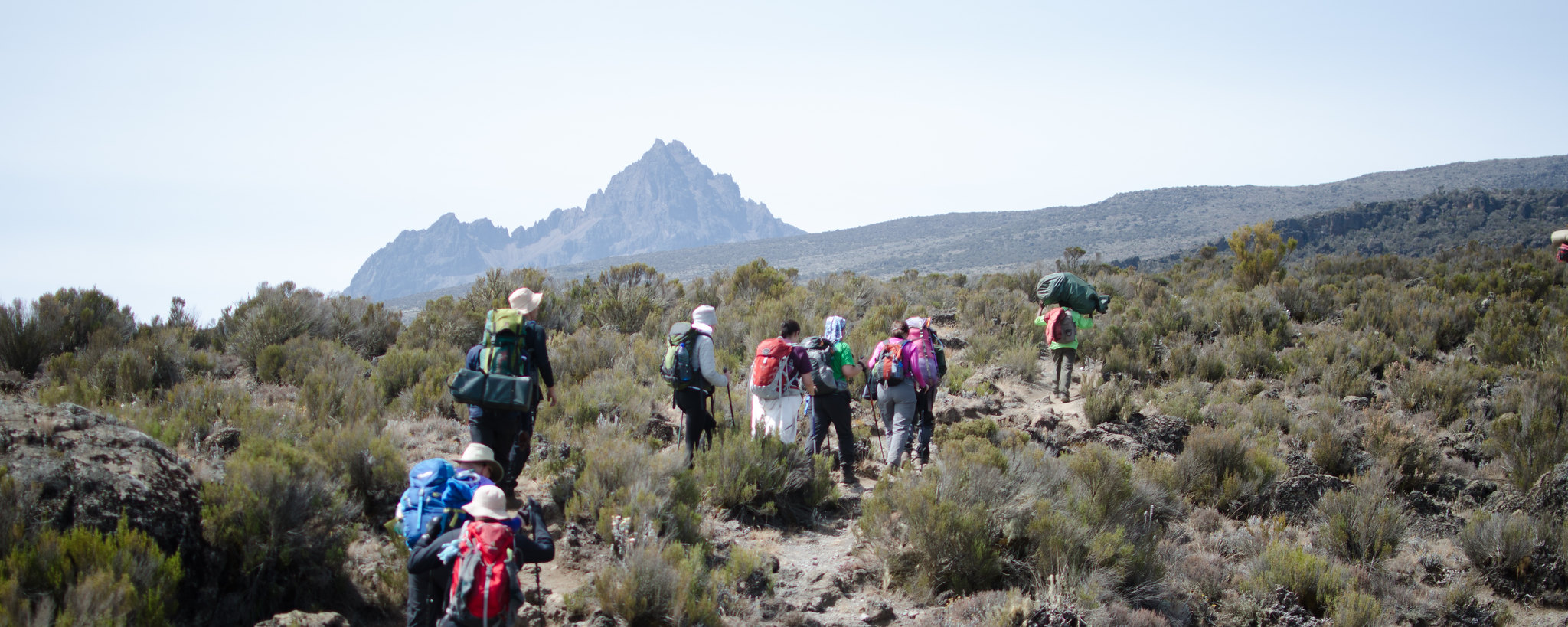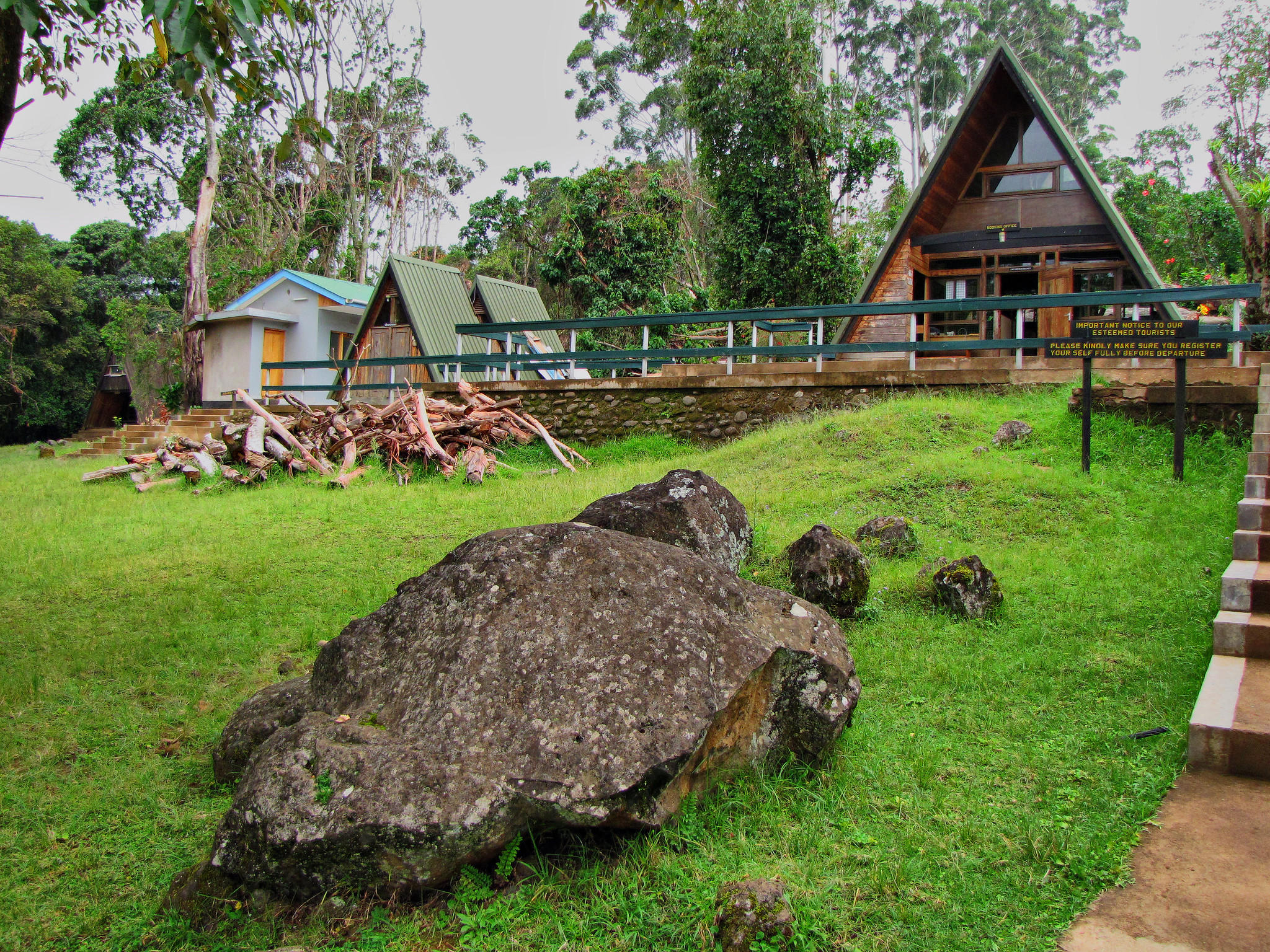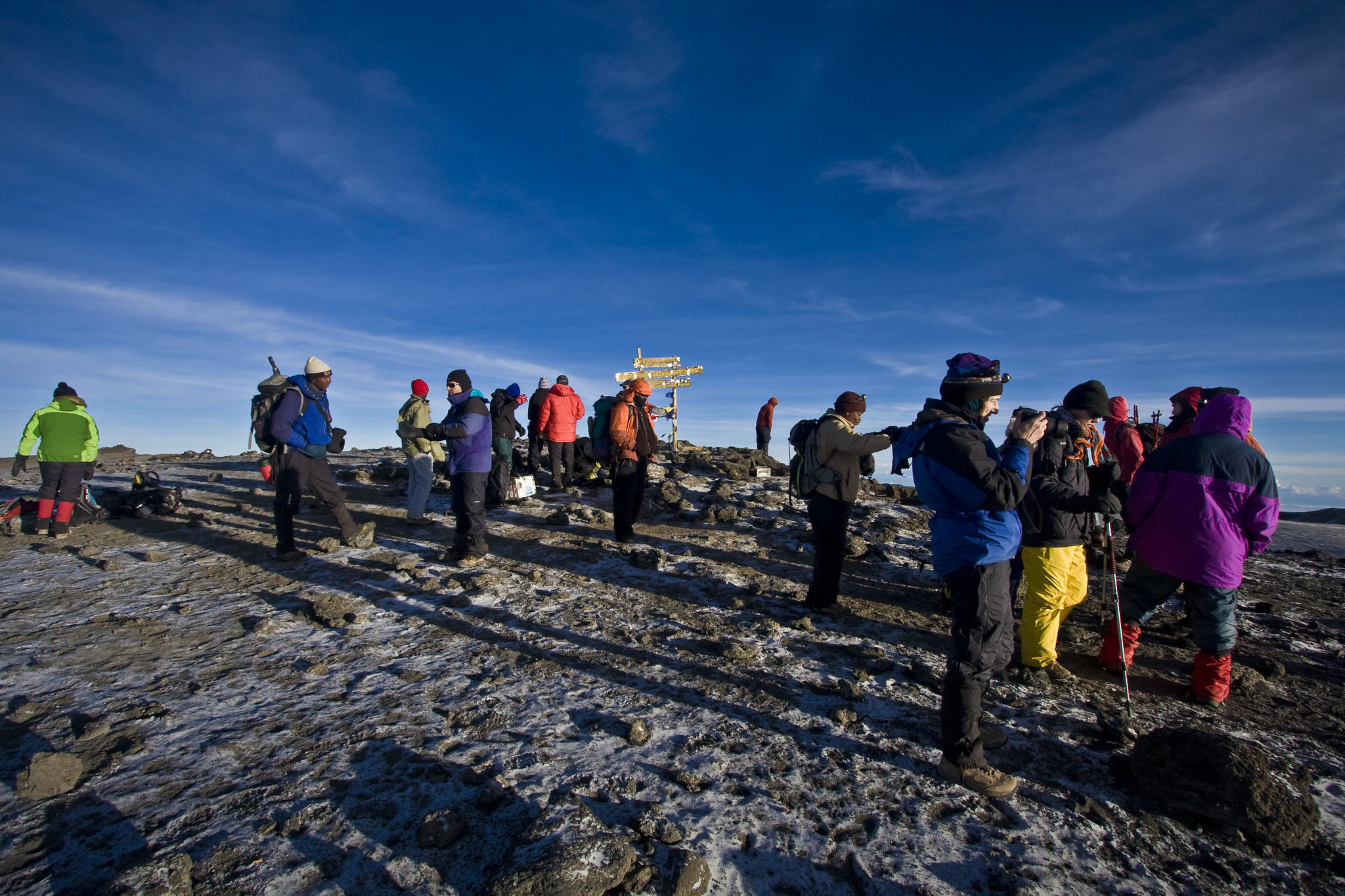Tarangire National Park
Welcome to one of Africa’s most underrated parks. Thanks to its proximity to the Serengeti and Ngorongoro, Tarangire is usually assigned only a day visit as part of a larger northern-circuit itinerary.
But it deserves a whole lot more, at least in the dry season. This is a place where elephants dot the plains like cattle, and where lion roars and zebra barks fill the night, all set against a backdrop of constantly changing scenery.
Tarangire has the second-highest concentration of wildlife of any Tanzanian national park (after the Serengeti) and reportedly the largest concentration of elephants in the world. The Tarangire ecosystem, with the park as its heart, also has more than 700 resident lions, and sightings are common. Less visible, but nonetheless present, are leopards and cheetahs. Sustaining them are large herds of zebras, wildebeest, hartebeests, elands, oryx, waterbucks, lesser kudus, giraffes and buffaloes. With more than 450 species, including many rare ones, Tarangire is among the best birdwatching destinations in Tanzania.
But this is one place where the wildlife tells only half the story. Dominating the park’s 2850 sq km are some of Northern Tanzania’s most varied landscapes. The great stands of epic baobabs should be reason enough to come, but there are also sun-blistered termite mounds in abundance, as well as grassy savannah plains and vast swamps. Cleaving the park in two is the Tarangire River, its meandering course and (in some places) steep riverbanks providing a dry-season lure for animals and thus many stirring wildlife encounters for visitors. Come the short rainy season, the park changes completely, as its wild inhabitants disperse across the Maasai Steppe over an area 10 times larger than the park. This, too, is a Tarangire speciality: one of the park’s greatest rewards is the chance to discern and tune into the seasonal rhythms of wild Africa.
With a game viewing area that is roughly ten times the size of nearby Manyara NP and a concentration of game that is exceptional from July through to October, this seasonal Tanzania safari park is a little gem on the Northern safari circuit, especially if you love elephants!
Tarangire is the surprise package on the Northern circuit. Often overshadowed by the Serengeti and the Ngorongoro Crater, Tarangire has huge concentrations of animals in the peak months and a fraction of the visitor numbers of any of the other Northern parks. From July through to October safaris here are superb, and the atmosphere and habitats are completely different from other parks. Tarangire is surprisingly large, giving visitors the quietest game viewing environment of all the parks in the region. The South of Tarangire is especially quiet, and lodges such as Swala and Oliver’s Camp are the perfect place to explore this remote area, and to really get away from any other travellers. Overall, a superb little park that offers great value compared to its neighbours and a seriously good option for getting away from it all.
Tarangire National Park safari – The Wildlife
During the dry months the concentration of animals around the Tarangire river is almost as diverse and reliable as in the Ngorongoro Crater. However, the ecosystem here is balanced by a localised migration pattern that is followed by the majority of game that resides in and around the park. As a result, Tarangire is superb in season but questionable the rest of the year. Elephants are the main attraction, with up to 3,000 in the park during the peak months. Peak season also sees good numbers of wildebeest and zebra as well as giraffe, buffalo, Thompson’s gazelle, greater and lesser kudu, eland, leopard and cheetah. The real prizes in the park are dwarf mongoose, oryx and generuk – but viewings are very rare. Tarangire is one of Tanzania’s finest birding destinations.
Tarangire National Park – Activities
Tarangire safaris are the main activity, however, staying outside the park makes walking and night safari a possibility. There are no boat safaris on the rivers here but Oliver’s Camp offers adventurous fly camping trips and very good walking safaris. Both Oliver’s Camp and Swala have recently started night safaris within the park itself. Ask us for more information as the regulations here seem to change every year!
Are night drives allowed in Tarangire?
Night drives are allowed in Tarangire. Some lodges don’t offer it though due to not having set it up with TANAPA. Also, if your particular lodge is outside the National Park then it will not offer night drives. It is worth checking whether the lodge you are looking at offers it or not before booking if this is something on your hitlist!
Tarangire – When to go
The game viewing from July though to October is exceptional but for the remainder of the year the majority of game migrates out of the park, onto the floor of the Rift Valley and to the grazing grounds of the Masai steppe. As a result, we would advise visitors not to expect high concentrations of game in the off season months, but would still recommend travelling here to those who want to avoid the crowds.
Tarangire Safari Lodges – Accommodation
There are many lodges that surround the border of Tarangire but we have always believed that staying in the park itself is the right choice.
Swala and Oliver’s Camp are the top end choices in the park. One of our absolute favourite authentic options though is Kuro, which is exceptionally well ran and with gorgeous interior design – it is a fabulous camp, and everyone who goes simply raves about it. Tarangire Treetops is located outside the park but its beautiful rooms are raised up into ancient baobab trees, making it, without any doubt, one of Tanzania’s most unique properties.
Tarangire Sopa is a bigger hotel and we would recommend going for a more authentic ad classic safari option to make your stay special.
For a summary of the Best Places to Stay in Tarangire, please follow this link.
Best time to visit Tarangire National Park
The best time to visit Tarangire is probably in the dry season from June – October, where the game viewing is at it’s best. Tsatse flies tend to be pretty bad from December to March so although this is a good time to go to the Serengeti for the wildebeest calving, Tarangire is best avoided at this time.
Tarangire National Park – Further Reading
While we try and make our website as comprehensive as possible, if you would like some more background information, have a read through the Cadogan Guide to Tanzania and Zanzibar – Tarangire Chapter, written by one of our director’s Annabel. The most recent edition was published in 2005 so some of it might be slightly dated but generally it’s as comprehensive as they come.
We don’t just know Tanzania!
For more information on Tanzania, the best thing to do is to give us a ring for an impartial chat. Although we love Tanzania, we also love the rest of Africa too and have experts in all the main safari countries. If you are undecided as to where to visit, please do just drop us an email or give us a call!
Entry fees are valid for 24 hours, with a single entry only.



